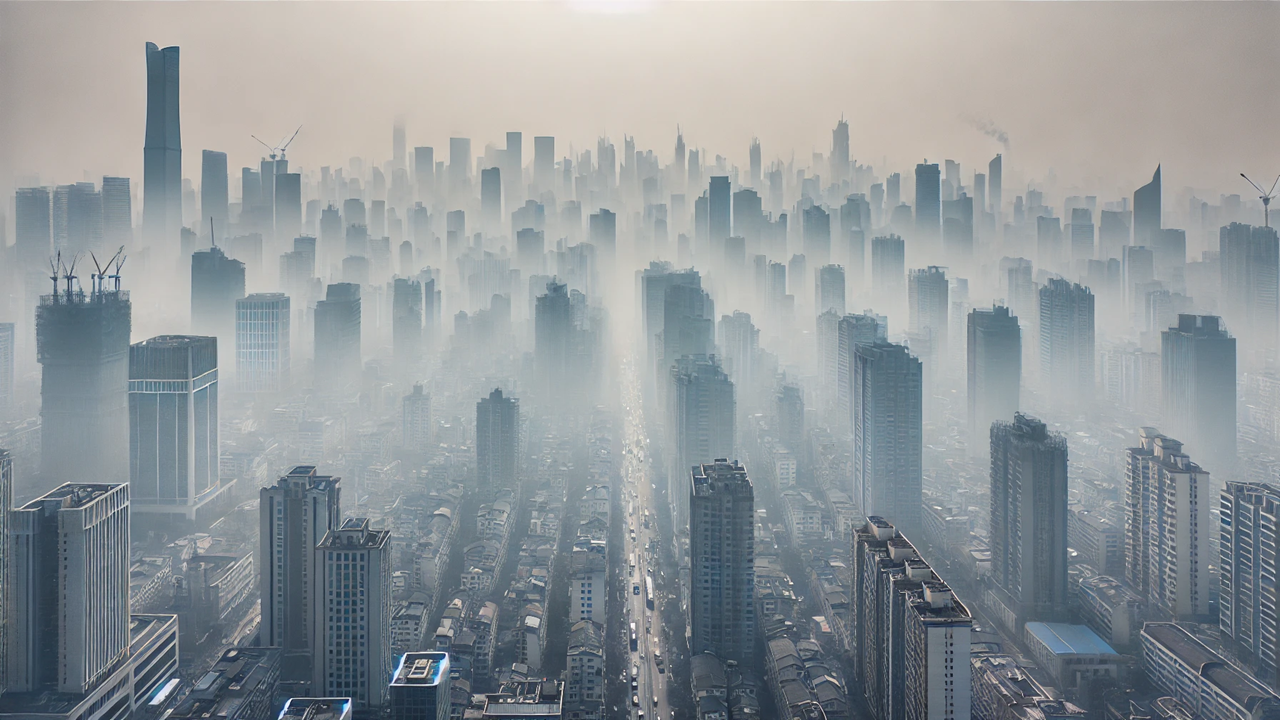Delhi Chokes Under Toxic Smog: A Crisis in Air Quality
Northern India, particularly Delhi, faces severe air pollution as dense fog and emissions render the air dangerous to breathe. With AQI peaking at 491, the government imposed restrictions on vehicles and construction. The pollution affects visibility and impacts millions of businesses in Delhi and surrounding farming states.

Northern India's cities, including Delhi, are enveloped in a hazardous layer of smog, recording alarmingly poor air quality scores once again. The national capital reported an Air Quality Index (AQI) of 488 on Tuesday, following a peak of 491 the previous day, according to India's Central Pollution Control Board (CPCB).
The CPCB categorizes AQI readings above 401 as "severe," a level posing risks even to healthy individuals and severely affecting those with pre-existing health conditions. The pollution has forced significant lifestyle changes, such as online school classes and halted construction work. Swiss environmental group IQAir ranked Delhi as the most polluted city globally, despite slightly improved figures from the day before.
The adverse conditions are primarily attributed to winter's cold air trapping pollutants and illegal farm fires in Punjab and Haryana. The persistent smog has not only affected visibility—as seen in Agra, where the famed Taj Mahal remains hidden behind the pollution—but also severely impacted over 3.4 million MSMEs across the region.
(With inputs from agencies.)
- READ MORE ON:
- Delhi
- Air Quality
- Pollution
- Smog
- India
- CPCB
- IQAir
- Visibility
- Restrictions
- Emissions
ALSO READ
India's Batting Woes Ahead of Crucial Border-Gavaskar Trophy Clash
Rohit Sharma Voices Concerns as India Gears Up for Border-Gavaskar Trophy
Veteran India wicketkeeper-batter Wriddhiman Saha says he will retire from cricket at the end of this year's Ranji Trophy.
Kharge Challenges PM Modi on India's Economic Woes
India's Manufacturing Surge: October PMI Hits New High










